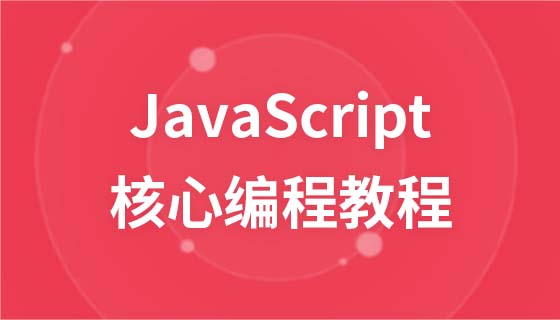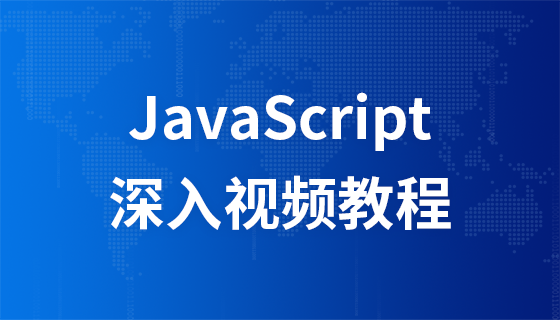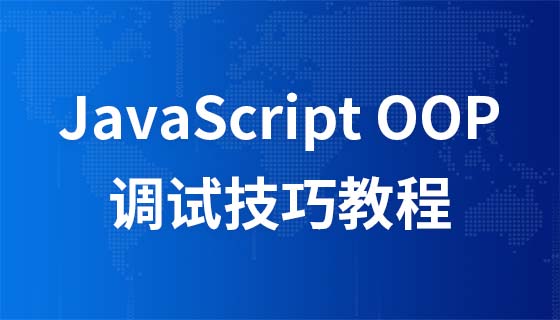這篇文章帶給大家的內容是關於JavaScript函數內部屬性的介紹(附範例),有一定的參考價值,有需要的朋友可以參考一下,希望對你有幫助。
函數內部有兩個特殊對象,this、arguments,其中arguments是一個類別數組對象,包含著傳入函數中的所有參數,主要用來保存函數參數。 arguments物件還有一個callee屬性,callee是一個指針,指向擁有這個arguments物件的函數。
callee
function fact(num){
if(num<=1){
return 1;
}else{
return num*fact(num-1);
}
}這是一個實現階乘的函數,採用遞歸的方式,這種方式存在一個問題就是,當fact的名稱更改以後,如果不及時更改函數內部的函數名稱,函數則無效。此時採用callee屬性取代目前擁有num參數物件的函數也就是fact.
採用callee實作如下
function fact(num){
if(num<=1){
return 1;
}else{
return num*arguments.callee(num-1);
}
}this
##this引用的是函數執行的環境對象,當函數被當做某個物件的方法呼叫時,此時的this物件引用的是當前呼叫函數的物件。 不同的環境this指向的值不同,下面是幾種this在不同執行環境下所指向的值方法呼叫當函數作為物件方法的時候,函數裡的this被綁定到當前物件上(也可以稱之為方法呼叫)例如:var myNum = {
value:1,
increment:function(arg){
this.value +=arg;
}
};
myNum.increment(3);
console.log('example1:'+myNum.value);//example1:4// 一般的函数
function add(a){
return a+2 ;
}
var value = 2;
myNum.count = function (){
let value = 1;
let help = function(){
this.value = add(this.value);
}
help();
console.log(this.value);//4
}
myNum.count();
that = this方式
var value = 2;
myNum.count = function (){
let value = 1;
let that = this;
let help = function(){
that.value = add(that.value);
}
help();
console.log(that.value);//3
}
myNum.count();function Person(name){
this.name = name;
}
Person.prototype.sayName = function(){
return this.name;
}
var person1 = new Person('TOM');
console.log(person1.sayName());
var people = {
name:"LILY"
}
console.log(Person.prototype.sayName.apply(people));
console.log(Person.prototype.sayName.bind(people)());
console.log(Person.prototype.sayName.call(people));apply: 方法呼叫一個具有給定this值的函數,以及提供的參數(陣列或類別陣列物件)。
bind :方法建立一個新的函數,呼叫時設定this關鍵字為提供的「值」。
function foo(){
setTimeout(()=>{
console.log('name:',this.name);
},1000)
}
var name = "kiki";
foo.call({name:"didi"});//name:didi#
以上是JavaScript函數內部屬性的介紹(附範例)的詳細內容。更多資訊請關注PHP中文網其他相關文章!


